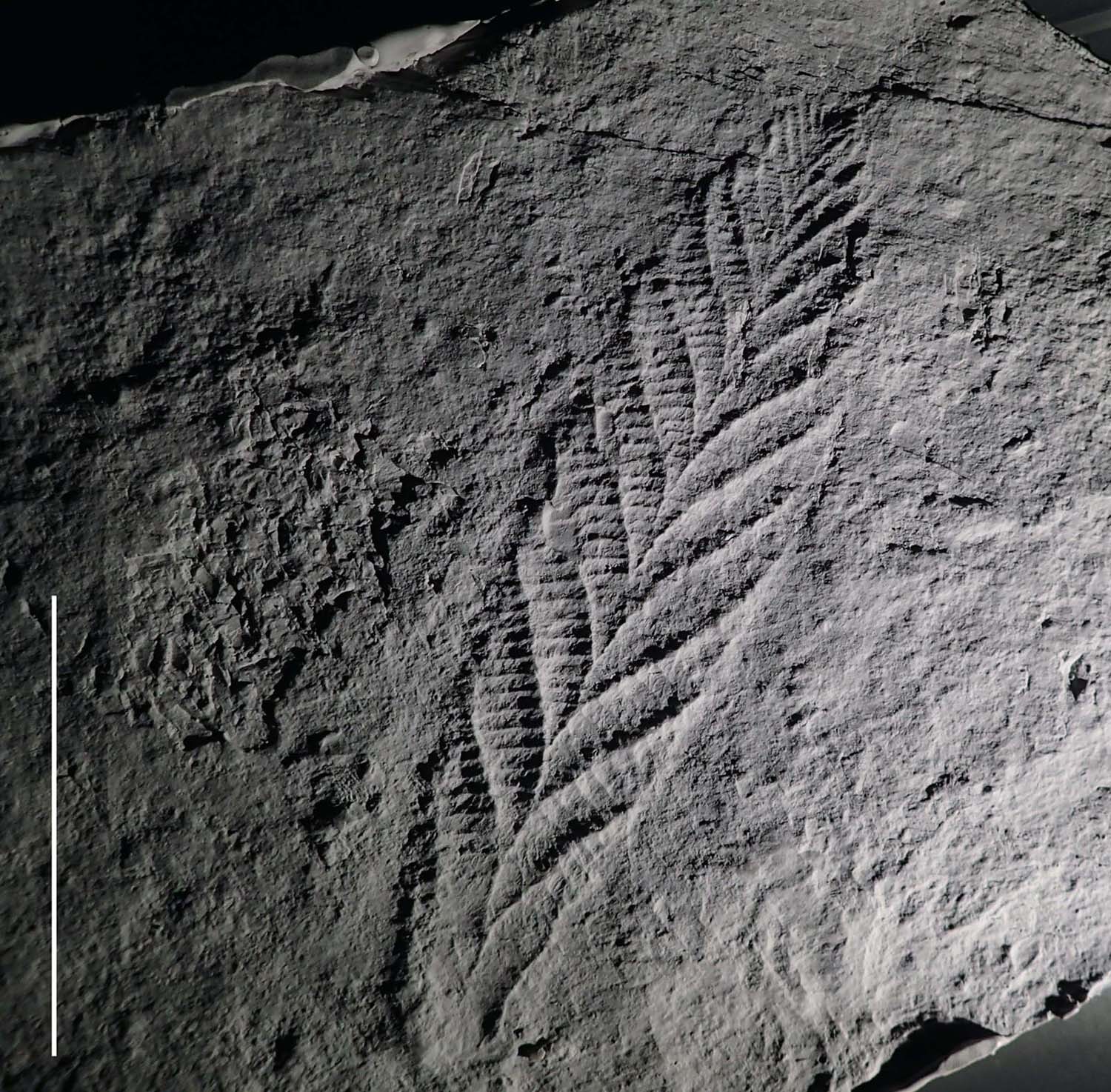The bizarre and ancient fossils of Charnwood Forest have sparked scientific debate for decades, but new research reveals the rocks of this Leicestershire region have more to tell us about our earliest animal ancestors than previously thought.
It has long been known that Charnwood Forest is home to some of the oldest large complex fossils in the world, but the position of these mysterious organisms within the tree of life has continued to confuse palaeontologists. Now, an international research team has concluded that the famous fossil Charnia, named after the Charnwood Forest region in which it was first found, is not only an animal, but also a more complex one than previously thought.
By carefully looking at different sized specimens of Charnia, all found at a 560-million-year-old site in Charnwood Forest, the group were able to better understand how this fossil grew. This was pivotal to revealing more about what this mysterious fossil was.
The research team also analysed a remarkably well-preserved specimen of Charnia found in Russia. Using state of the art x-ray imaging technology, they were able to look within this more than half-a-billion-year-old animal for the first time, and further understand how this strange creature both lived and died.
“We found that Charnia was most closely related to the living group of animals that includes everything from jellyfish to insects to us – a group called the Eumetazoa. Today, most of the animals we see are eumetzoans, so understanding their origins is a really important question,” said Dr Frankie Dunn of Oxford University Museum of Natural History, who led the study. “By showing that Charnia and its closest relatives were Eumetazoans, we have also shown that the origin of the Eumetazoa must be at least 25 million years older than previously thought.”
Charnia’s strange bodyplan – the way the creature’s body is structured – is unlike anything we see in the modern day. Dunn added: “Our finding, that Charnia was an ancient eumetazoan, means that in the distant past there was at least one way to build an animal that is now totally extinct.”
Dr Jack Matthews, Geoheritage Officer at the National Forest, who was not involved in the study, said:
“Charnwood Forest’s ancient fossils are continuing to shape our understanding of where we, as fellow animals, came from. Studies like this show just how important – and precious – our geological heritage is. As we work with partners to develop a potential UNESCO Global Geopark bid, we want to share the fantastic story of our geological history, not only across the county, but around the world.”
